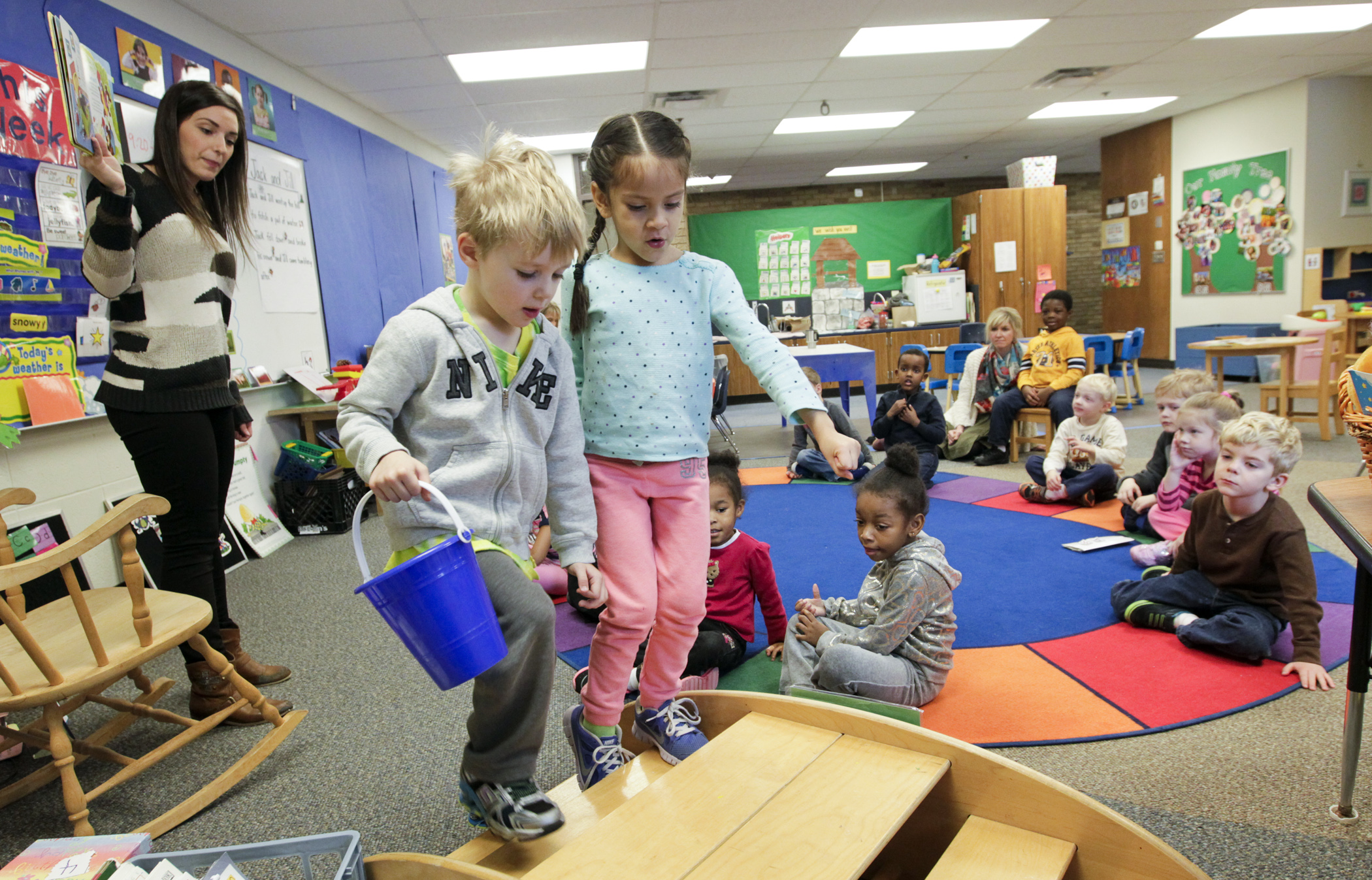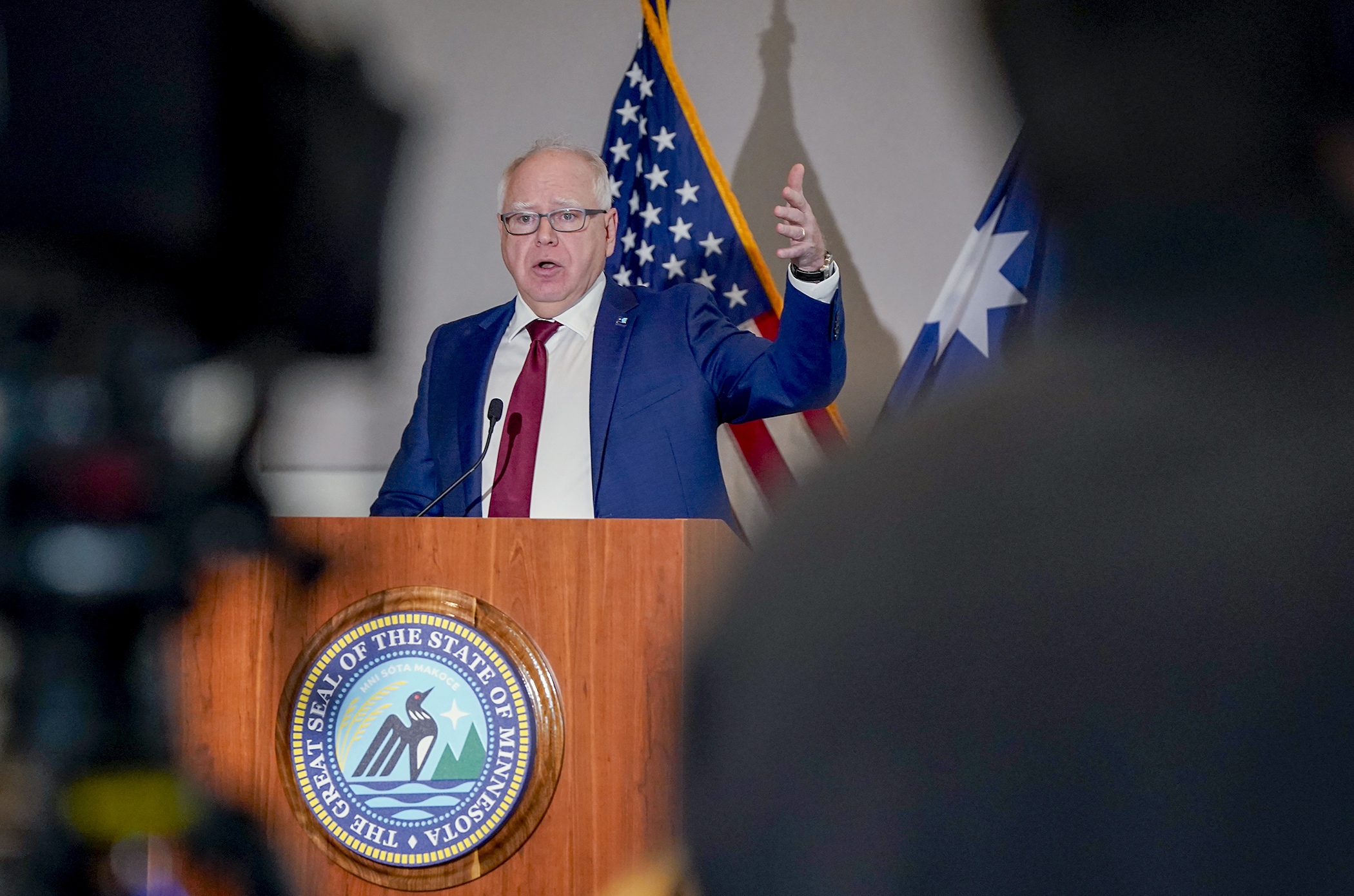Lawmakers seek solutions to high child care costs in Minnesota

Everybody agrees that child care in Minnesota is too expensive, but harmony does not exist on how to lower costs.
Do you throw money at the problem with grants and tax breaks? How about getting rid of some regulations that drive up the cost of running a child care center?
“We need to take a more holistic approach by looking at both the regulatory structure and making that easier where it makes sense and increasing investments. And if we only do one or the other, we're not going to end up where we need to end up,” said Rep. Nolan West (R-Blaine).
The House Children and Families Finance and Policy Committee, which West chairs, tackled the last part of the question Tuesday with HF628. As amended, it was laid over for possible inclusion in a later bill.
Rep. Paul Torkelson (R-Hanska) is the sponsor. “This bill is not perfect, but it does address some of the important issues around child care and child care regulation here in the state of Minnesota,” he said.
The bill would change the qualifications needed to work or volunteer in a licensed child care center, modify center staffing patterns, and direct the Department of Human Services or the Department of Children, Youth, and Families to amend specified rules governing centers.
It would also modify the definition of experience to include paid or unpaid employment and modify training requirements for individuals who work or volunteer in licensed child care centers.
Maria Harms, owner of Snug as a Bug Child Care in Redwood Falls, testified that current regulatory standards continue to cause serious harm to the child care industry due to the amount and depth of regulations.
Rep. Samantha Sencer-Mura (DFL-Mpls) said, “I'm a little bit struggling to see how changing some of these regulations would affect the affordability.”
Clare Sanford, government relations chair with the MN Child Care Association, wrote a letter against the bill. “Rather than this approach, this committee should find ways to give providers the resources necessary (including compensation) to hire better-qualified teachers, and to ensure families have the additional resources required to access programs offering these higher-quality services.”
Related Articles
Search Session Daily
Advanced Search OptionsPriority Dailies
Full House convenes for first time in 2025, elects Demuth speaker
By Tim Walker DFL, Republicans convene with a quorum for the first time in 2025 session after agreeing to a power-sharing deal.
DFL, Republicans convene with a quorum for the first time in 2025 session after agreeing to a power-sharing deal.
Walz proposes slimmed-down 2026-27 state budget, sales tax changes
By Tim Walker This is an odd-numbered year, and so the Legislature is constitutionally required to craft a budget to fund the state government for the next two fiscal years.
Gov. Tim Walz...
This is an odd-numbered year, and so the Legislature is constitutionally required to craft a budget to fund the state government for the next two fiscal years.
Gov. Tim Walz...